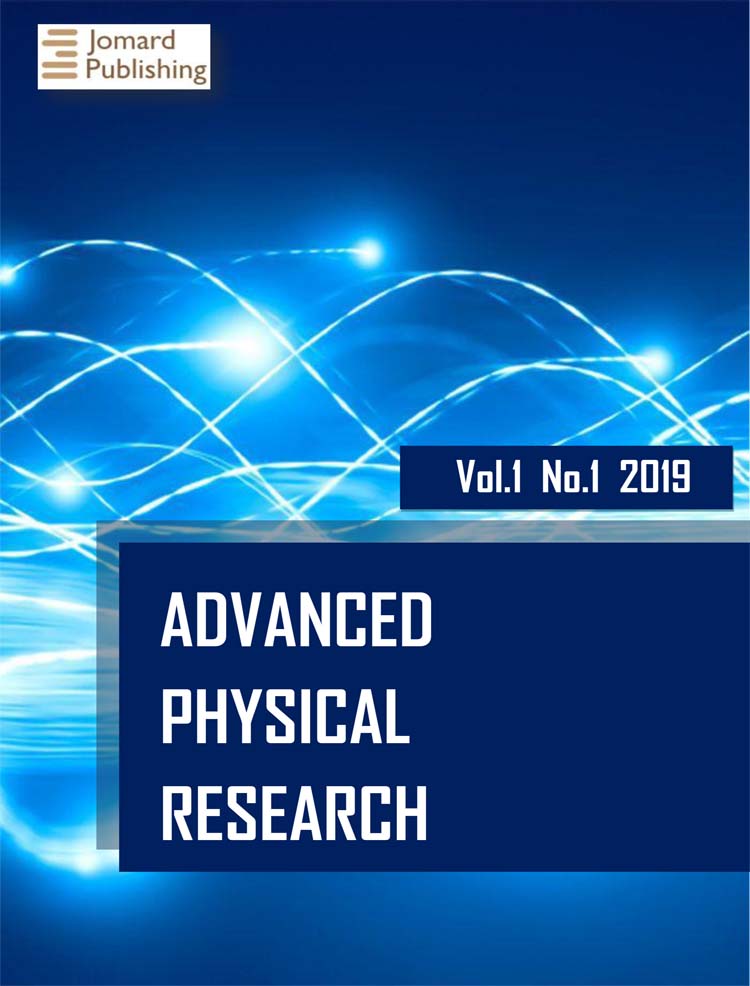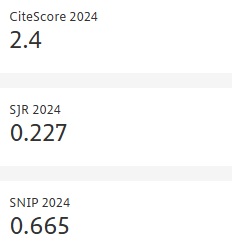Measurement of Radon Concentration in Water Samples from the Kelbajar District of Azerbaijan and Risk Assessment of its Radiation Dose
- Published: 24-06-2025
Share
This study aims to determine the concentrations of radon activity in water sources available in the Kalbajar region of Azerbaijan and to assess the risks associated with radon activity for different age groups, using both direct measurements and calculations recommended by the International Atomic Energy Agency (IAEA). The study results indicate that radon activity and radiation levels in the Kalbajar region differ by location. Radon concentration in water samples was measured using a RAD-7 detector with a RAD H2O accessory. The annual effective dose from radon exposure when using water sources was calculated for adults, children, and infants. The values of total annual effective dose for all age groups in Source 2 and infants in Source 4 significantly exceed the reference dose level of 1 mSv/y recommended for the public by WHO and UNSCEAR. It should be noted that direct consumption of untreated water from these sources may increase the risk of stomach and lung cancer. The relatively high electrical conductivity of the studied water sources indicates the high mineralization of these sources. The conducted analyses confirm a direct proportional relationship between the radiation background observed around the studied water sources in the Kalbajar region and the radon concentration in the sources.
- View 448
- Downloads 101
- Saveds 1
- Citations (Crossref) 0


